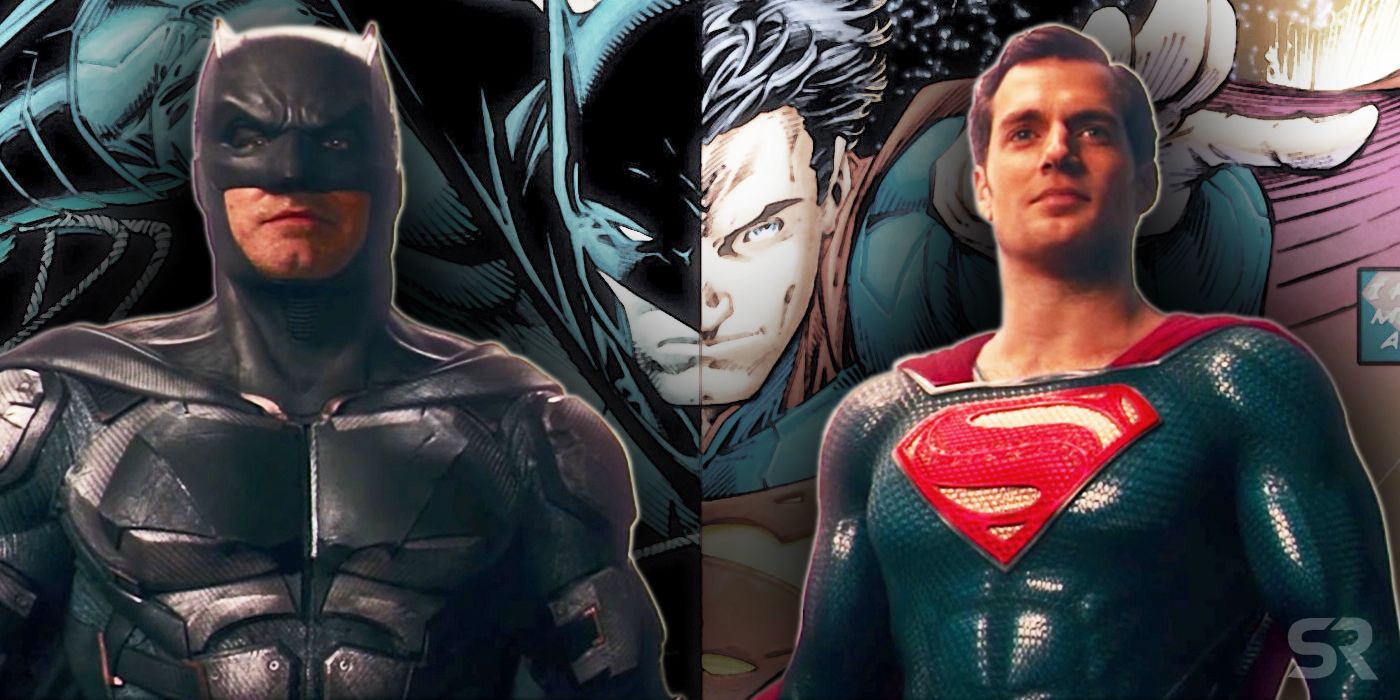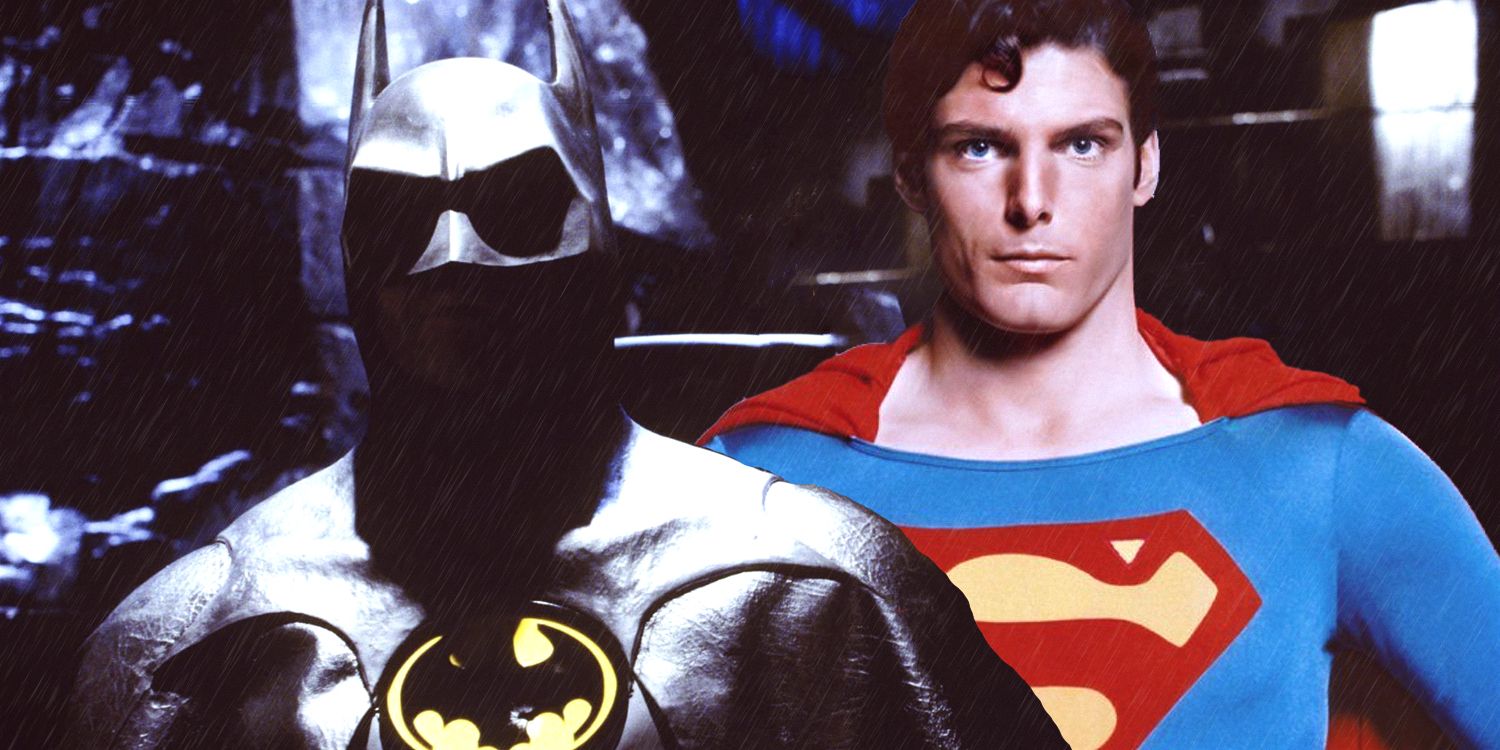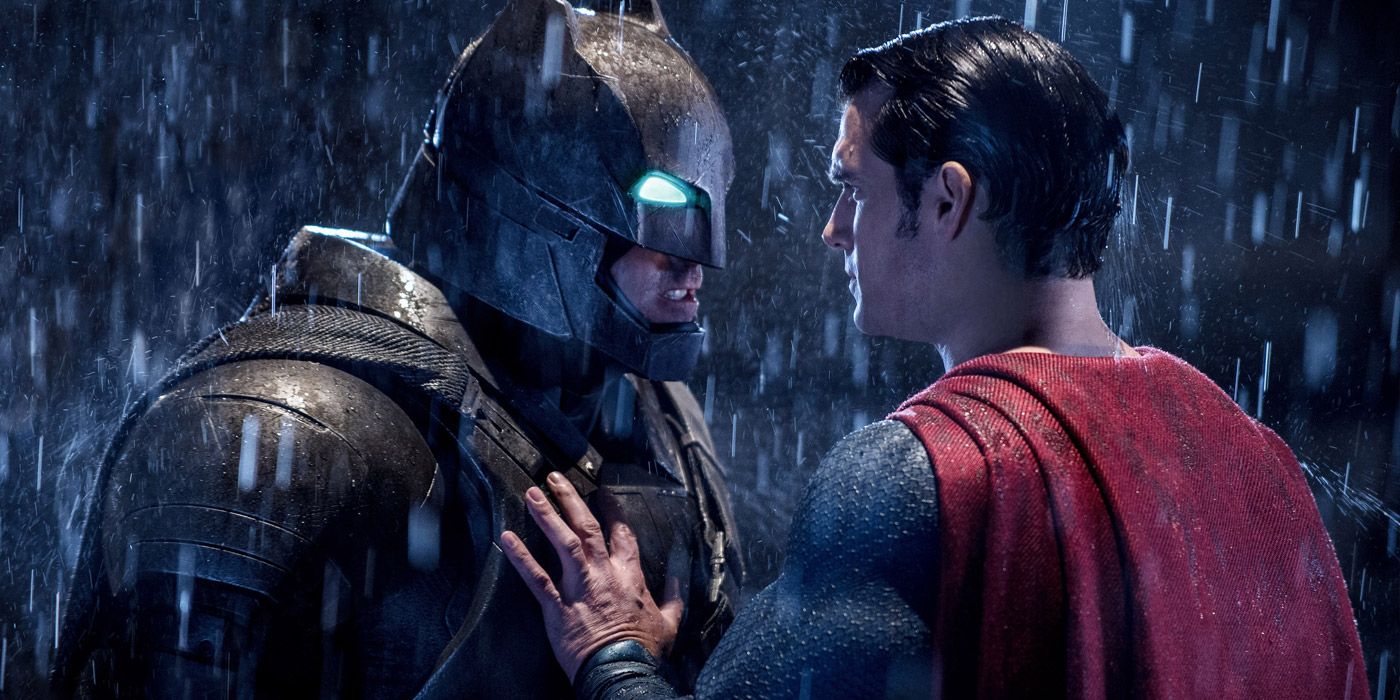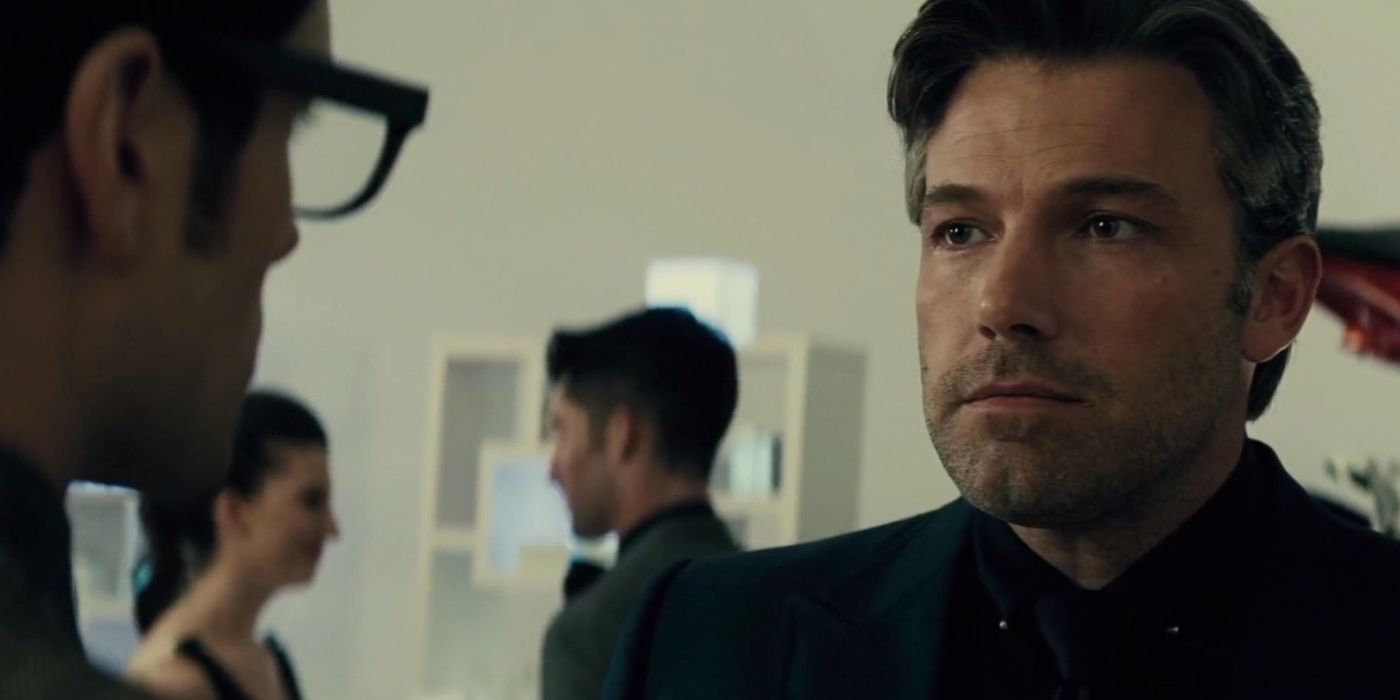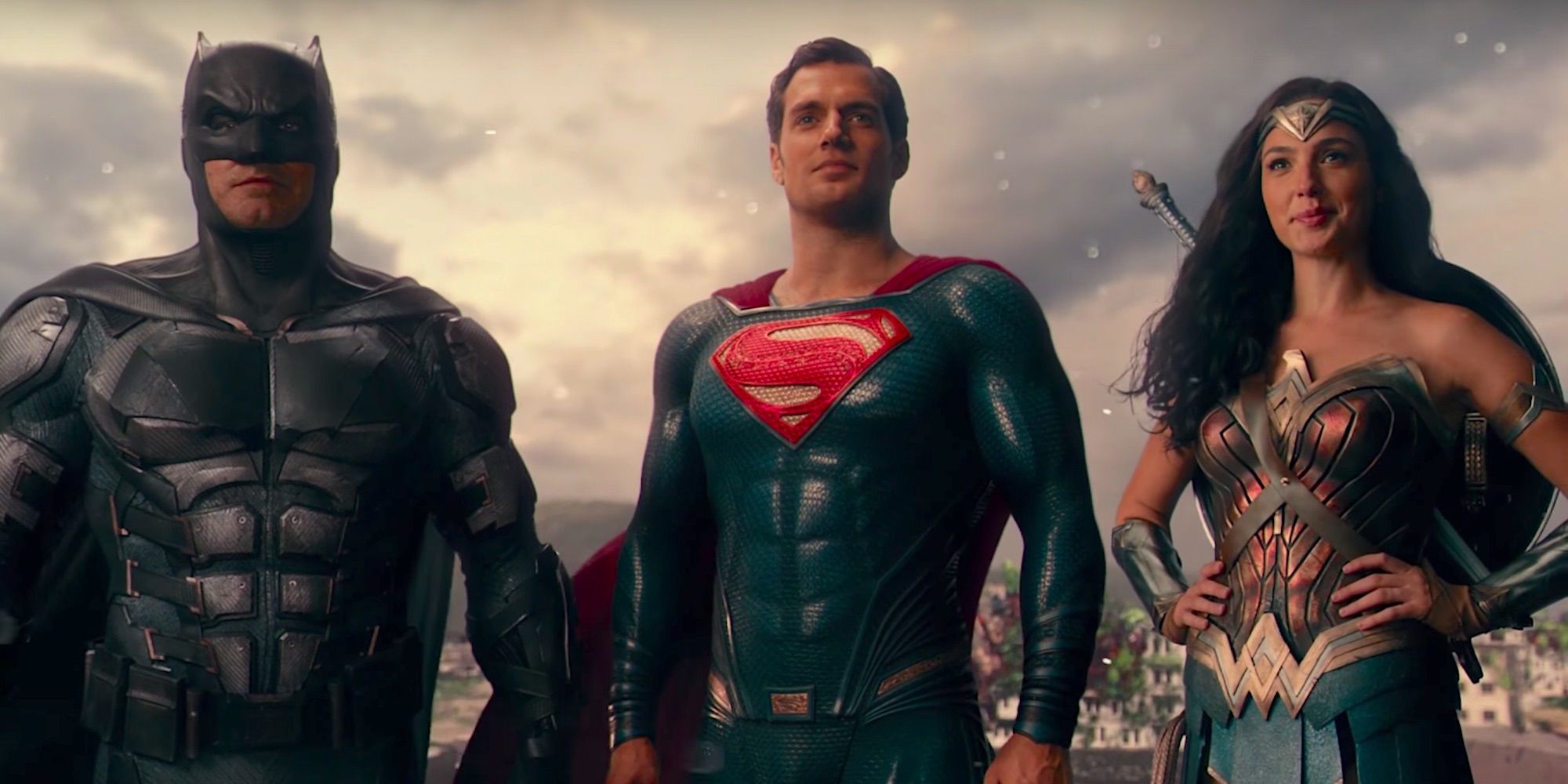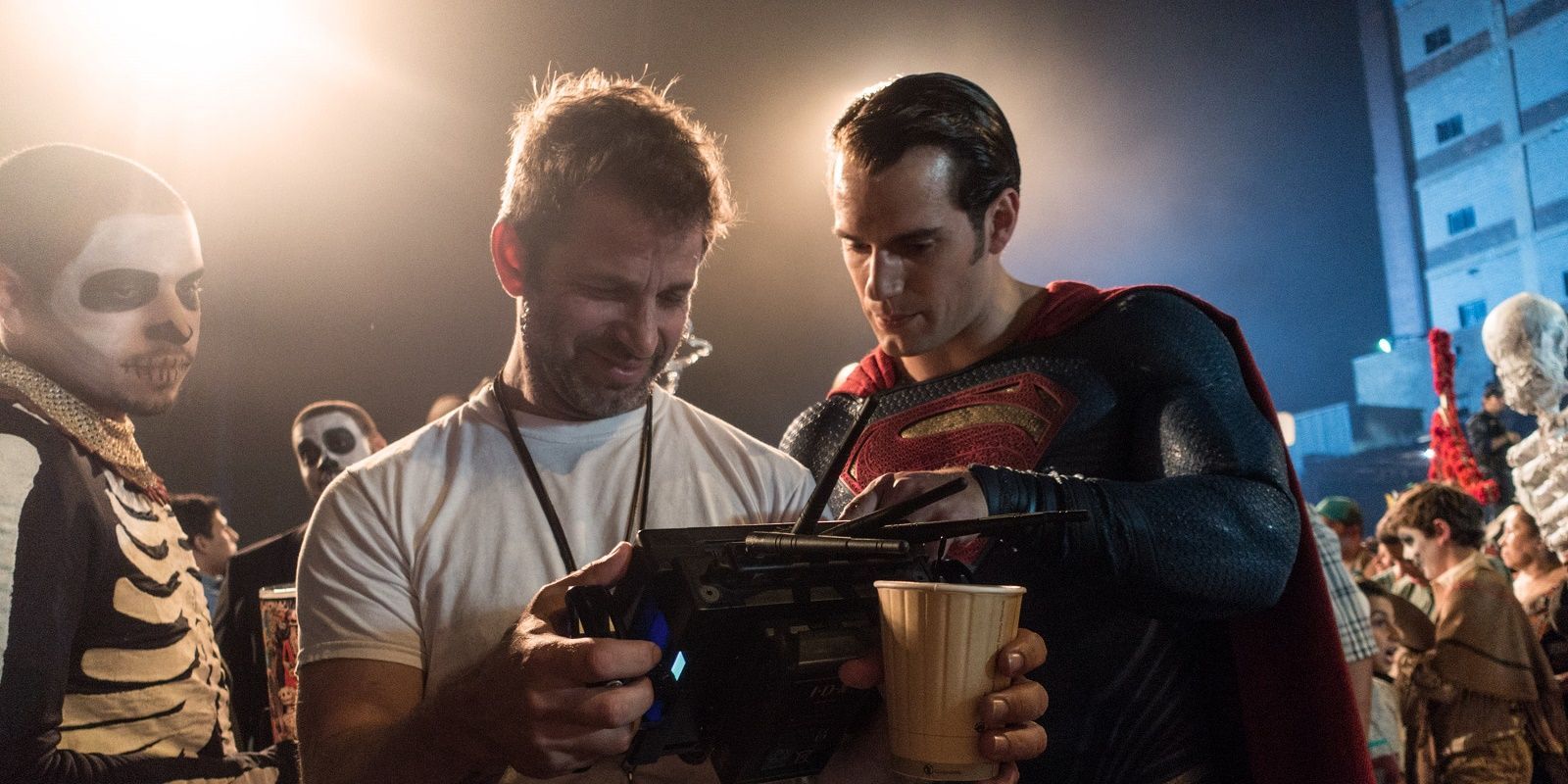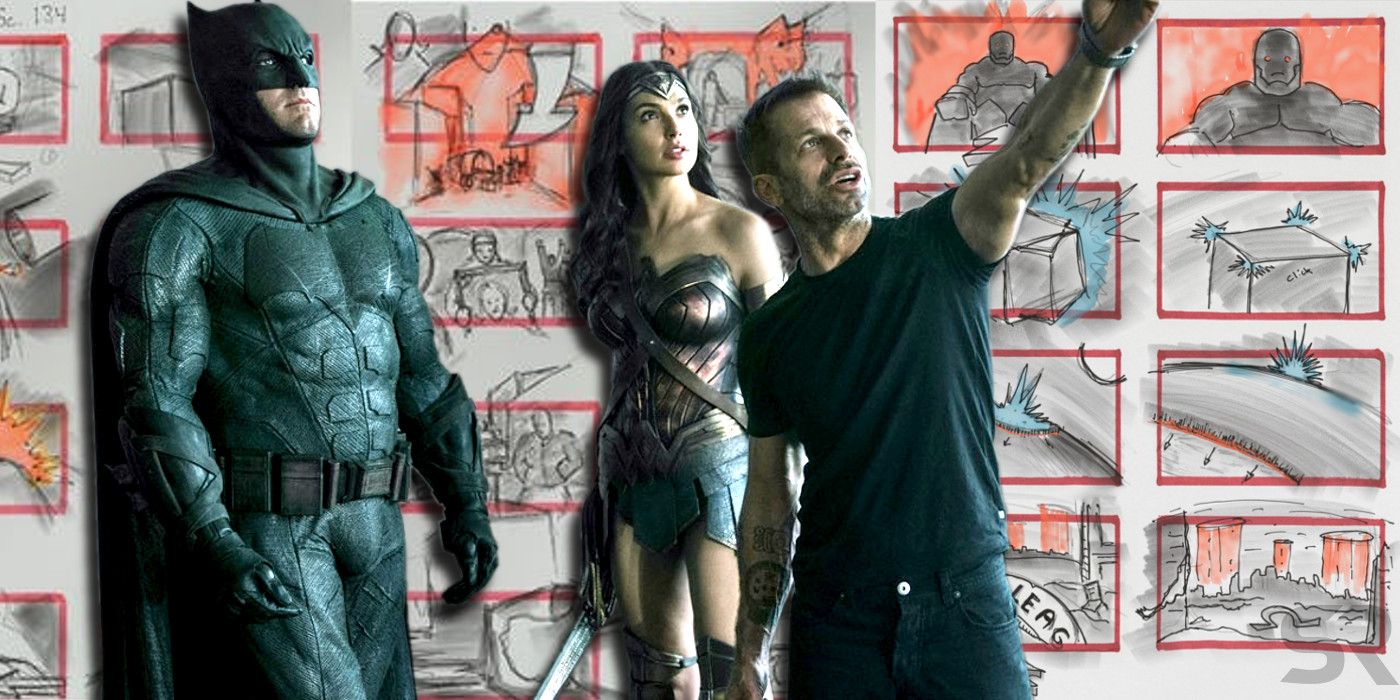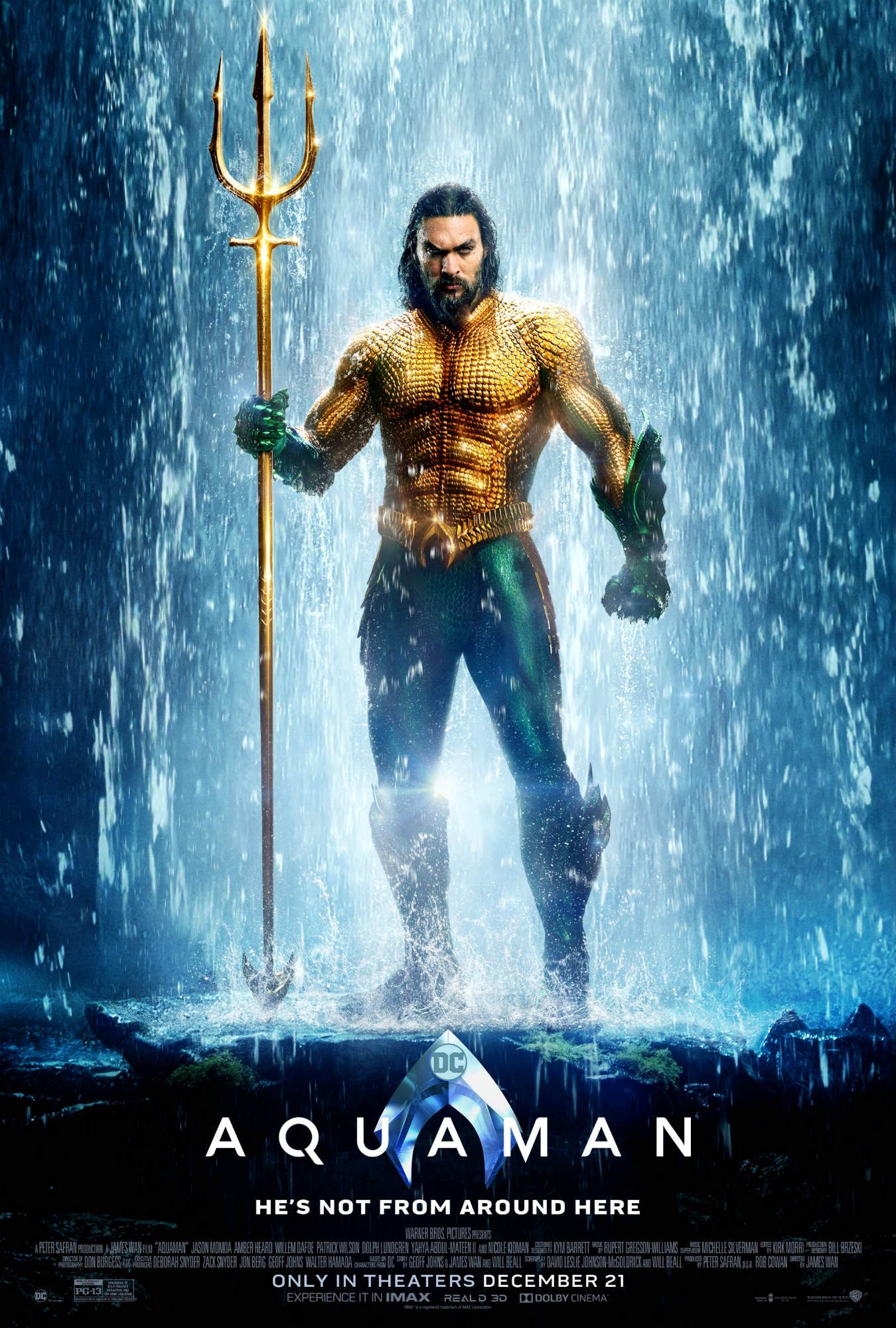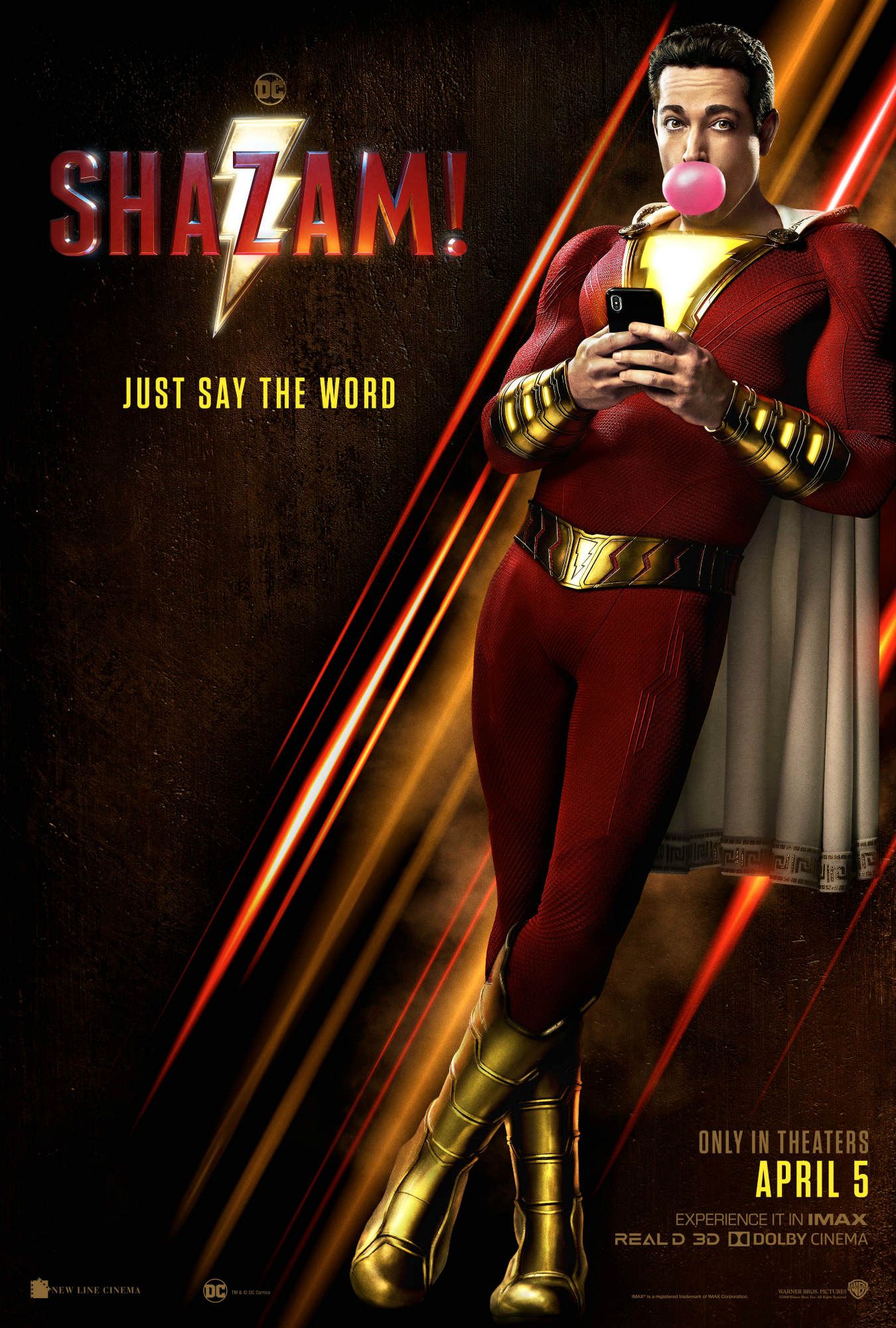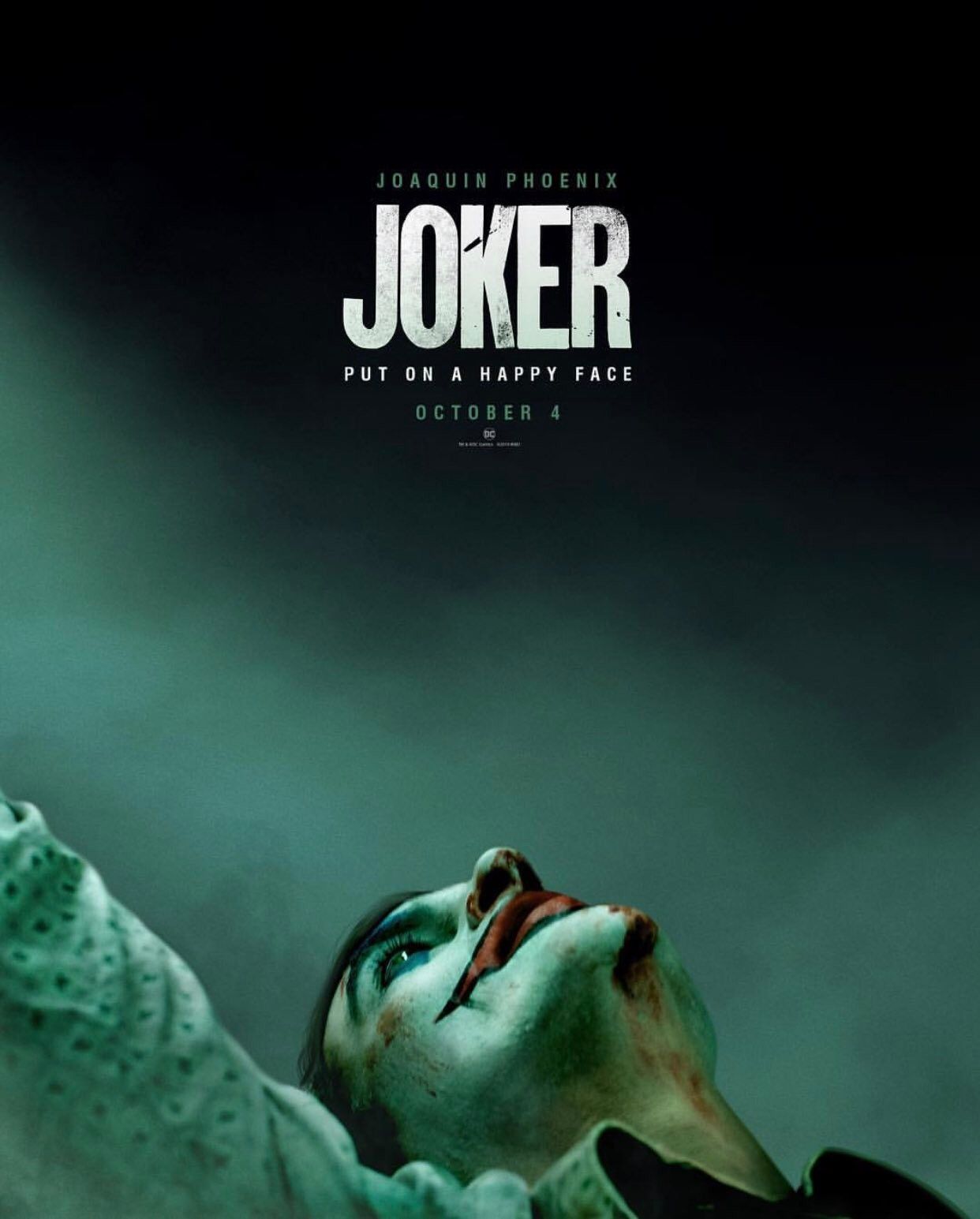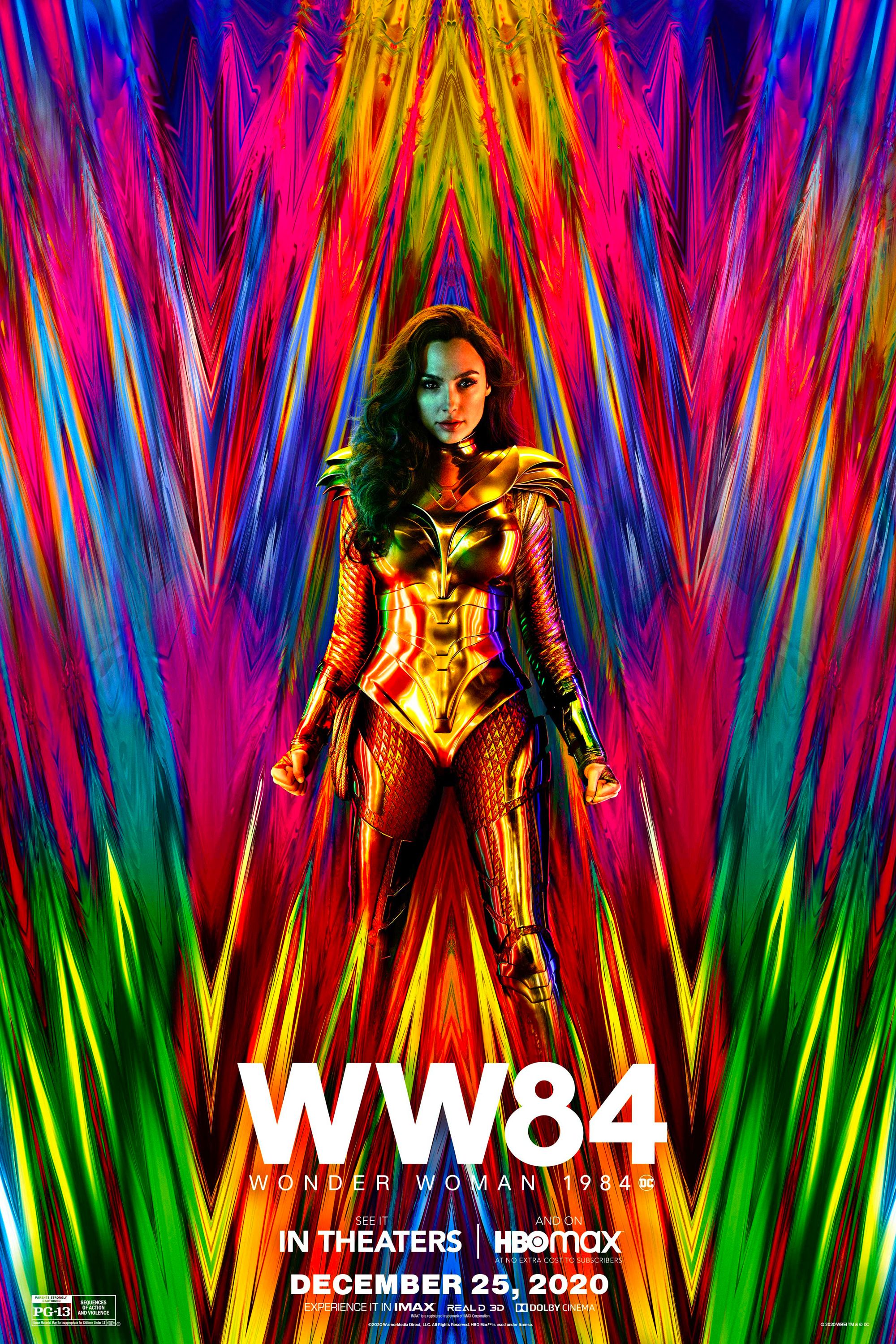The DCEU may have a bright future, but it's without Batman or Superman. The World's Finest used to be the biggest names in superhero cinema, now they're taking a backseat. How have DC Films managed to make them replaceable in a short five years?
Ben Affleck's Batman was subject to controversy from the moment he was cast (as is typical for any new actor taking on Bruce Wayne), and for now almost two years has been dogged by rumors he's already stepping down: he passed writing and directing duties on solo movie The Batman to Matt Reeves, a project which Affleck is now not likely to even star in. While he's still allegedly linked to the standalone, it certainly looks like he's on the way out.
Related: Recasting a Younger Batman For the Solo Movie
Across the bay, Henry Cavill, whose Superman started the whole shared universe with 2013's Man of Steel, has also had his DC career in question since Justice League, with rumblings of long-fought contract renegotiations between him and Warner Bros. That story finally reached its natural end point last week when it was reported that Cavill was out as Superman, with the studio opting to put the character on the backburner and replace him with cousin Supergirl.
Batman and Superman are, for all intents and purpose, done in the DCEU as their present iterations. Recasts and soft reboots will happen, Bruce and Clark will hang out again, and we'll no doubt get some good movies in the future. However, at present, both characters are at the lowest they've been since the late 1990s. How do we get from the Dark Knight to a quipping Caped Crusader? How did the Man of Steel become a rubber-lipped chuckler? The answer, as with any complaints to do with these characters, comes from confusion.
- This Page: Batman & Superman Used To Rule The World
- Page 2: How The DCEU Slowly Eroded Batman And Superman
- Page 3: Snyder's DC Series Shouldn't Have Become The DCEU
Batman & Superman Used To Be The Only Superhero Movies That Worked
It's easy to lose sight of it now with over ten superhero movies set to be released in 2019, but comic book adaptations weren't always Hollywood's most enviable money-spinner. Before Marvel's rights sale in the late 1990s to avoid bankruptcy led to the successes of X-Men and Spider-Man, they were typically campy, tacky adventures that took the "comic" part far too seriously in both aesthetic and tone. In the fray, the only noteworthy exceptions were Superman and Batman.
Superman: The Movie was the first tentpole superhero film. Released in 1978, it was at that point the most expensive movie ever made (the budget was $55 million, a modest $212 million adjusting for inflation) and really did convince audiences a man could fly: it made over $300 million, made actor Christopher Reeve a star, and cemented Kal-El as a cinematic icon. Three sequels of varying quality and studio meddling followed, and while it ended ignominiously with the humiliating Superman IV: The Quest for Peace, the lessons of cinematic Superman were learned.
Related: Why Henry Cavill Quit Playing The DCEU's Superman
Batman's success was even bigger. After his Metropolis buddy's series petered out, Bruce Wayne emerged a movie star himself in Tim Burton's 1989 smash Batman ($411 million on a $35 million budget). While the journey was creatively rocky - Burton's Batman Returns was deemed too dark by WB and parents, then replacements Joel Schumacher's Batman Forever increased profits while decreasing critical attention before Batman and Robin crashed and burned - but it likewise cemented Batman as a star.
It's easy to point to the parallel descents of both series, but Hollywood clearly believed Batman and Superman had continuing potential; even after both series struggled, they were top of the list to be brought back, with Tim Burton's Superman Lives, Darren Aronofsky's Batman: Year One, and an early-2000s Batman v Superman all getting further than contemporary developments. And who can blame them? At the time the only real competition was Howard the Duck, direct-to-TV Marvel movies, Spawn, Steel and other worst movies of all all-time entrants. All evidence suggested they were the only heroes who worked on the silver screen.
However, as the success of the Marvel Cinematic Universe, bringing once-laughable prospects like Guardians of the Galaxy, Ant-Man and even Black Panther successfully to theaters shows, this wasn't exactly a rule. It just took time to improve the filmmaking approach. Nevertheless, it was undeniable that DC's big two were the icons to beat. This thesis was almost proven by The Dark Knight Trilogy, which resurrected Batman from development hell after the misfire of Batman and Robin and turned it into a billion-dollar franchise when only The Lord of the Rings had that honor. Compared even to merchandise king Spider-Man, it was evident there was something about Batman that others couldn't crack.
And yet, two decades later, we do have Guardians of the Galaxy and Black Panther not only being successful but having seemingly replaced the positions once held by the World's Finest.
Page 2: How The DCEU Slowly Eroded Batman And Superman
The DCEU's Batman And Superman Were Confused
Man of Steel chose to follow the example of The Dark Knight Trilogy and go for a grounded, deconstructional idea that would present an approximation of the real world and see how the classic hero could come out of it. This saw iconography changed - the Fortress of Solitude is a crashed Kryptonian ship - and lessons twisted - the two fathers Jor-El and Jonathan Kent were explicitly ideologically opposed - but also pushed Superman into an area of moral conflict. Clark Kent and Kal-El merged into one identity and he was unsure whether to be an ideal or a protector. The film's ending, where he causes mass destruction in a bid to stop an invading Zod, whose neck Superman eventually snaps, attempts to show a clear decision but is marred by the implications.
Related: The Death and Return of Superman Was The DCEU's Biggest Mistake
Batman v Superman: Dawn of Justice extended that, with Clark Kent debating whether he belongs on Earth, struggling with the balance of those close to him and the duty to all humanity. Through all this, though, there hasn't been a clear example of Superman as everybody knows him - every heroic act was delivered with a scowl - until he sacrificed himself at the movie's climax.
Of course, BvS also introduced the other side of the pairing. Ben Affleck's Batman entered an already established world as an antagonist to Superman, which created a lot of hurdles; this was inherently going to be a darker version of the character, and had to do it in a world derived broadly from the previous dark and gritty version of the character. The result seemed to shirk the challenge. Snyder's Batman was a murderer, tossing goons onto grenades and using the Batwing to gun down criminals, and plotting with fervent anger to kill Superman.
They looked like Batman and Superman, but they weren't Batman and Superman. Which made it all the stranger for several constants in their character to remains. Batman doesn't kill Superman because he sees his humanity through memories of his parents' murder, while Superman ends the versus movie having inspired hope in a population that we're told over and over despised him. Were these the classic characters or not?
The Alter-Egos Were Removed Almost Entirely
One of the most underrated influences of the Marvel Cinematic Universe is how it gradually eroded the idea of a superhero's alter-ego. Tony Stark declared himself Iron Man at the end of his first outing, but so too did Steve Rogers never hide being Captain America or Thor take up the Donald Blake persona. It's such a low priority for the series that even Peter Parker has his secret identity revealed to Aunt May at the end of Spider-Man: Homecoming. It's for the benefit of the universe, streamlining interactions and allowing audiences to identify more directly with the characters, but has also removed it from the wider superhero formula. And this has some startling results when applied to other franchises.
Read More: Iron Man's Most Important Moment Wasn't Nick Fury
Whereas the mask was central to Christopher Reeve, Michael Keaton, Val Kilmer, George Clooney, Christian Bale and Brandon Routh in their respective roles (all their movies had subplots involving them hiding the truth), Henry Cavill's Superman and Ben Affleck's Batman came after the cultural shift, and it shows. Clark Kent is unquestionably the front for Superman, meaning that for all the attempt to ground him, the meek journalist really is just a pair of glasses. Bruce Wayne, meanwhile, is simply Batman without a mask, not caring for his playboy theatrics and doing most of the Caped Crusader's detective work.
Spider-Man aside, these characters are the two most linked to their everyday personas. The journalist and the billionaire, two people from different worlds with the same secret. In making the personalities of both indistinguishable, and having none of the recognizability that buoyed Tom Holland's Peter Parker, that's lost.
Justice League Destroyed Both
So far, we've exclusively discussed flaws with Snyder's version of Batman and Superman, but while they certainly are important they're hardly the endpoint. That comes with Justice League.
Famously, Warner Bros. was unhappy with Batman v Superman's performance and redirected Justice League. When it became clear Snyder's team-up was still in that vein, they brought in Joss Whedon to pen some plot-streamlining and humor-adding reshoots, with The Avengers filmmaker eventually taking on these directing duties when Snyder stepped away from the project. The resulting film is a Frankenstein's monster, a mishmash of tones as two directing styles wrestle to be coherent. And while it poses problems for the likes of Flash and Cyborg, the heroes it hurt most were Batman and Superman.
Read More: The Snyder Cut Is Important Even If You Don't Like Zack Snyder
Batman is a character-less figure, wandering through the story bringing the team together for plot reasons. The Bruce Wayne mask is gone - by the end of the film, a random burglar, a whole fishing village, and anybody smart enough to figure out why Wayne Manor is suddenly the Hall of Justice knows the truth - along with his hatred of weapons - his backup plan for Superman is nicknamed "the big guns", while he's incapacitated in the final fight because his Parademon blaster runs out of ammo - and any semblance of being the "Dark" Knight: the first words out of his mouth after almost being killed by Supes are "something's definitely bleeding." Whatever Batfleck was before, in this movie he's Clooney-level caricature.
Superman is somehow worse. The reshoots focused heavily on his character, which made for an even more jarring presentation of hope and, noticeably, a digital upper-lip to hide Henry Cavill's Mission: Impossible - Fallout mustache. While this means Superman is more like the Reeve version audiences fondly remember (complete with beats of his score, brought in by Danny Elfman), it's so muddled and at odds, not just with what came before but itself.
Over three movies, you can see the dismantling of everything that made these two characters so enduring while a thin facade of iconography tried to distract you. This was accompanied by a gradual box office decline and sharply increasing audience disinterest. When Marvel Studios just went from strength to strength, the sound the death knell is deafening.
Page 3: Snyder's DC Series Shouldn't Have Become The DCEU
The Mistake Was Treating Snyder's Elseworlds Take As The DCEU Canon
But the situation is more complicated, and not really the fault of anybody involved on the creative side of these character interpretations. In truth, everything that went wrong for Batman and Superman hinges on one key, unavoidable fact that has come to define the entirety of DC Films' ongoing output: Zack Snyder's DCEU shouldn't have been the DCEU.
Related: Everything We Know About Zack Snyder's Original Justice League 2 Plans
Man of Steel was not meant to be DC's Iron Man. It was the Justice League's Batman Begins, the start of a planned five-movie arc from "visionary director" Zack Snyder that took Superman on a journey alongside the various members of the League. It had a beginning, a middle, and an end. And as the product of "visionary director" Zack Snyder, it wasn't aiming to be the definitive or enduring take on the characters, but his stylised take in the vein of 300 or Watchmen. It was, like Nolan's Dark Knight Trilogy before it, an Elseworlds retelling. You can see this in the radical redesign of Superman, and even more pointedly in how the nearest calling card to Ben Affleck's Batman is The Dark Knight Returns, one of the most famous Elseworld stories. This is why those characters are so different from expectations (and, as a result, so divisive for a shared universe).
But that was just the set-up. Based on what's know of this five-movie story (Man of Steel, Batman v Superman, a two-part Justice League, and a fifth film), it would eventually bring these contemporary, off-kilter redesigns in line with their more classic iterations. Batman would be redeemed from his dark past, Superman would emerge a new hero, and the rest of the proto-Justice League would gain their mantles. Elements of this are present in the films we got - this December's Aquaman, for example, will see Arthur Curry gain the trident and comic-accurate costume - and there's evidence of where Snyder would have taken the story, but most of it has been washed away.
Between Man of Steel's greenlight and its release, The Avengers made $1.5 billion ($500 million more than the same year's The Dark Knight Rises) and suddenly shared universes became the only game in town. What DC had tried multiple times before (there's a litany of failed Batman/Superman and Justice League films) was here, and they had to act fast. This meant Snyder's Man of Steel retroactively became the DC cinematic universe launchpad, with a slate of planned movies announced in 2014 (note that these five-movie plans weren't stated, opting for the "wait and see approach"), Batman v Superman turned into Dawn of Justice, and when that proved not as wide-appeal, a watered down Justice League (now one part) attempted to consolidate and open doors.
A five-movie plan transformed into an extended universe, and two alternate takes on Batman and Superman suddenly became its noble core. The whole confusion over the DCEU is rooted in trying to fit something so apart from the norm into the Marvel mold, and Bats and Supes took most of the flack - from their controversial introductions to subsequent neutering. None of this is to defend Snyder's vision. Man of Steel's Superman was divisive and Batman v Superman's additions and developments even more so, and no amount of later promise for something more traditional can excuse that.
Related: Who Was Going To Die In Snyder's Justice League 2?
The ultimate irony is that DC is now embracing the Elseworlds idea as it begins to normalize out the DCEU. Shazam!, a movie that frames Superman as a beacon of hope, and the brightly-colored Wonder Woman 1984 will release in 2019 alongside Joker, a continuity-removed origin story for the Clown Prince of Crime, played by Joaquin Phoenix with no relation to Jared Leto. If only they'd reached this mindset sooner, the Snyderverse could have been kept as it was meant to be, apart from any longer-term plans.
Hopefully, whether it's via Matt Reeves increasingly disconnected The Batman or a brand-new take on Superman, the World's Finest can be redeemed. After all, if there's one comic rule the movies can't escape, it's that nothing stays dead forever.

